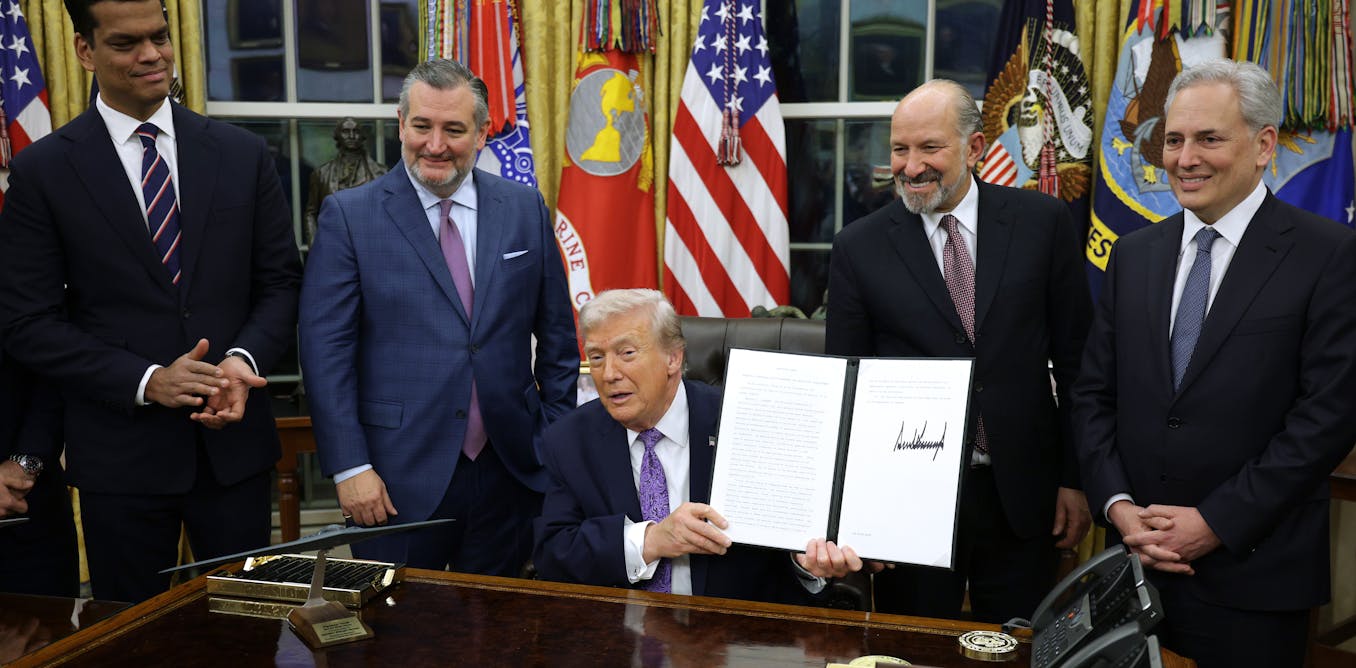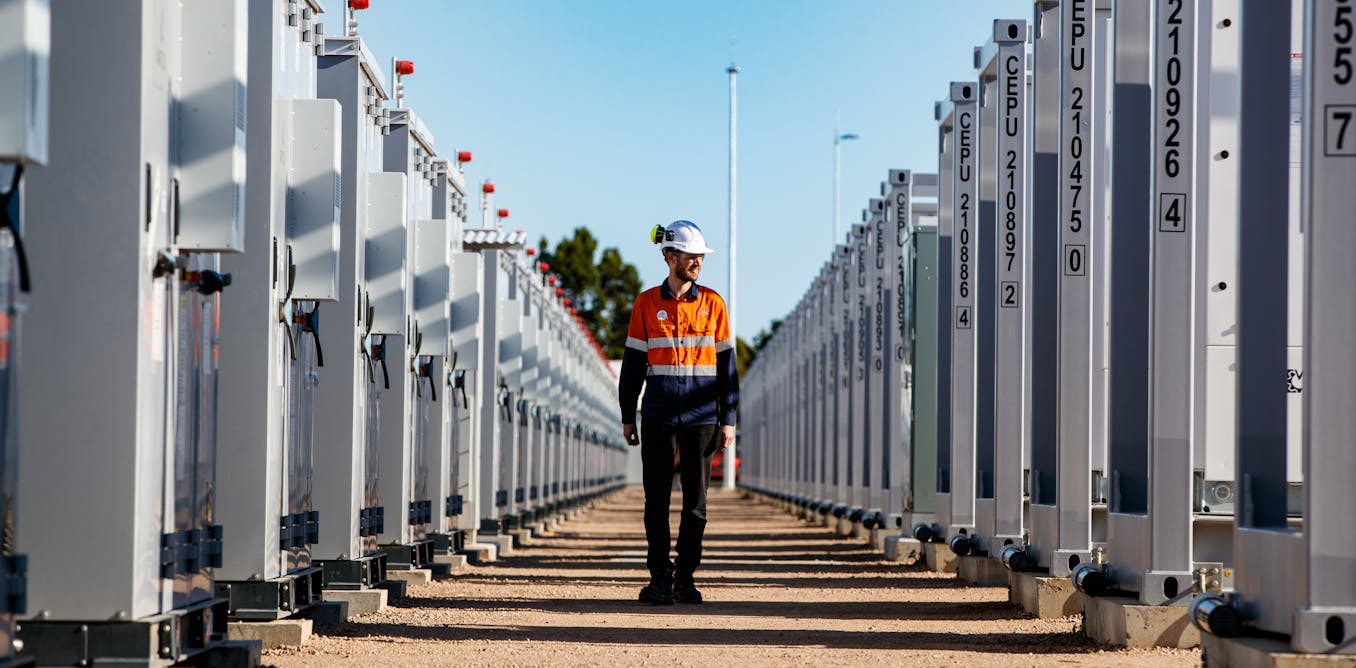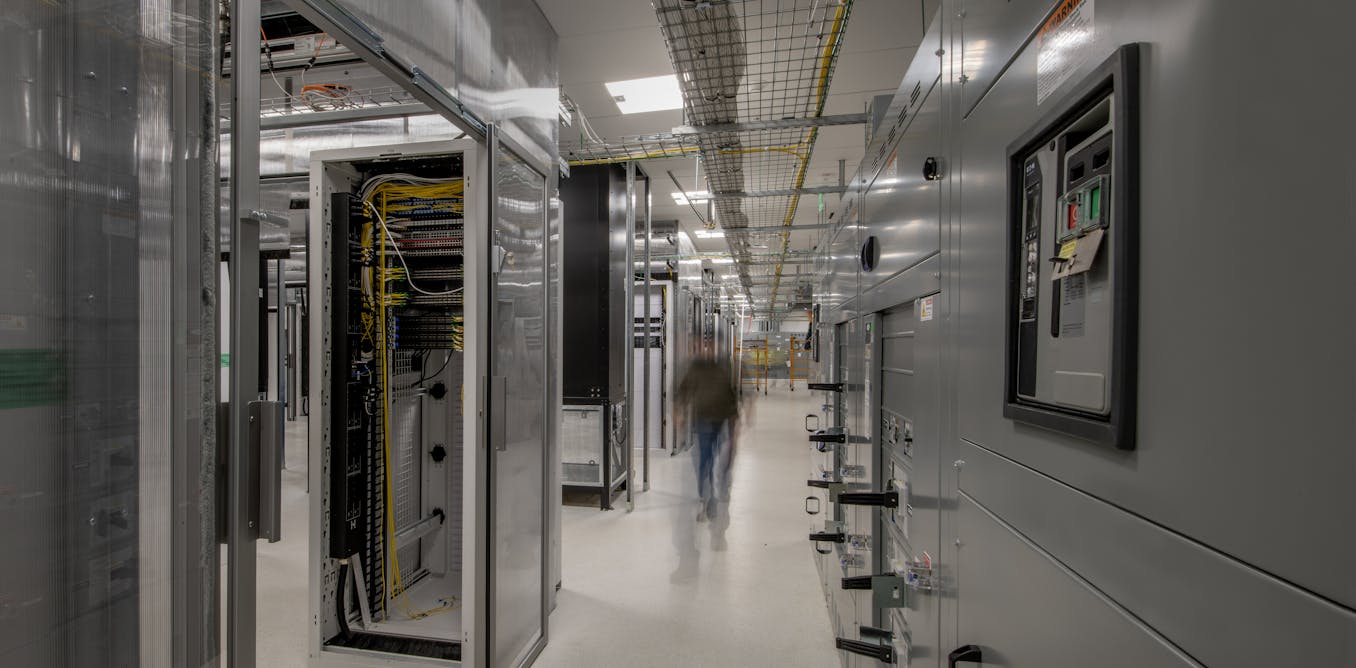Carbon offsets have become big business as more companies make promises to protect the climate but can’t meet the goals on their own.
When a company buys carbon offsets, it pays a project elsewhere to reduce greenhouse gas emissions on its behalf – by planting trees, for example, or generating renewable energy. The idea is that reducing greenhouse gas emissions anywhere pays off for the global climate.
But not all offsets have the same value. There is growing skepticism about many of the offsets sold on voluntary carbon markets. In contrast to compliance markets, where companies buy and sell a limited number of allowances that are issued by regulators, these voluntary carbon markets have few rules that can be enforced consistently. Investigations have found that many voluntary offset projects, forest management projects in particular, have done little to benefit the climate despite their claims.
I specialize in sustainable finance and corporate governance. My colleagues and I recently conducted the first systematic, evidence-based look at the global landscape of voluntary carbon offsets used by hundreds of large, publicly listed firms around the world.
The results raise questions about how some companies use these offsets and cast doubt on how effective voluntary carbon markets – at least in their current state – are in assisting a global transition to net-zero-emissions.
Which companies use low-quality offsets might surprise you
Our analysis shows that the global carbon-offset market has grown to comprise a rich variety of offset projects. Some generate renewable energy, contribute to energy-efficient housing and appliances, or capture and store carbon. Others preserve forests and grassland. The majority are based in Asia, Africa and the Americas, but they exist in other regions too.
Companies use these projects to boost their environmental claims in order to help attract investors, customers and support from various groups. That practice has skyrocketed, from virtually nothing in 2005 to roughly 30 million metric tons of carbon offset per year in 2022. Investment banking firm Morgan Stanley in 2023 forecast that the voluntary offset market would grow to about US$100 billion by 2030 and to around $250 billion by 2050.
For our analysis, we examined 866 publicly traded companies that used offsets between 2005 and 2021.
We found that large firms with a high percentage of big institutional investors and commitments to reach net-zero emissions are particularly active in voluntary carbon markets.
Our results also reveal a peculiar pattern: Industries with relatively low emissions, such as services and financial industries, are much more intensive in their use of offsets. Some used offsets for almost all of the emissions cuts they claimed.
In contrast, high-emissions industries, such as oil and gas, utilities or transportation, used negligible amounts of offsets compared to their heavy carbon footprints.
These facts cast a cloud of doubt on how effective voluntary carbon markets could really be at cutting global greenhouse gas emissions. They also raise questions about companies’ motives for using offsets.
Why companies rely on offsets: 2 explanations
One explanation for these patterns is that offsetting is a means to “outsource” efforts to transition away from greenhouse gas emissions. Companies with smaller carbon footprints find it cheaper to buy offsets than to make expensive investments in reducing their own emissions.
At the same time, we found that emissions-heavy companies were more likely to reduce their own emissions in-house, because offsetting massive amounts of emissions every year for an indefinite future would be more costly.
A more pernicious explanation for the growth in voluntary offsets is that offsets enable “greenwashing.” In this view, companies use offsets to cheaply refurbish their image to naive stakeholders who are not well informed about the quality of offsets. Agencies rate offset projects on how likely they are to meet their climate claims, among other indicators of the trustworthiness of offsets. Our reviews of pricing data and ratings found that projects rated as low quality have substantially lower prices.
We found that relatively few of the 1,413 offset projects used by companies in our sample had been verified as high quality by an external carbon rating agency. Most offset credits used by companies were strikingly cheap. More than 70% of retired offsets were priced below $4 per ton.
These explanations are not mutually exclusive. We found that low-emissions companies could easily alter their peer rankings for ESG performance – how well they do on environmental, social and governance issues – by offsetting a small quantity of emissions.
Fixing the voluntary market for the future
Our findings have important implications as policymakers and regulators debate rules for the voluntary carbon markets.
The data suggests that voluntary carbon markets are currently flooded with cheap, low-quality offsets, likely due to a lack of integrity guidelines and regulations for voluntary carbon markets to ensure the transparency and authenticity of offset projects. This lack of guidelines may also encourage the use of low-quality offsets.
Ever since Article 6 of the Paris climate agreement created principles for carbon markets and ways countries could cooperate to reach climate targets, agreeing on how to implement those principles has been a challenge. For the principles to be successful, negotiators must agree on project eligibility and information disclosure standards, among other issues.
In April 2024, SBTi, the world’s leading science-based arbiter of corporate climate targets, added urgency to that process when it announced that it would allow companies to meet their carbon goals with carbon offsets to cover emissions in their supply chains.
The following month, the U.S. Treasury, Energy and Agriculture departments jointly released a policy statement laying out their own template for rules to govern voluntary carbon markets. “Voluntary carbon markets can help unlock the power of private markets to reduce emissions, but that can only happen if we address significant existing challenges,” U.S. Treasury Secretary Janet Yellen said at the time.
Article 6 and standards for carbon offsets are on the agenda for the 2024 United Nations climate conference, COP29, Nov. 11-22 in Baku, Azerbaijan.
With many segments of voluntary carbon markets faltering, the COP29 summit may be a make-or-break moment for voluntary carbon offsets to become a viable contributor to decarbonization going forward.

The post “Companies are buying up cheap carbon offsets − data suggest it’s more about greenwashing than helping the climate” by Sehoon Kim, Assistant Professor of Finance, University of Florida was published on 11/11/2024 by theconversation.com


































Leave a Reply